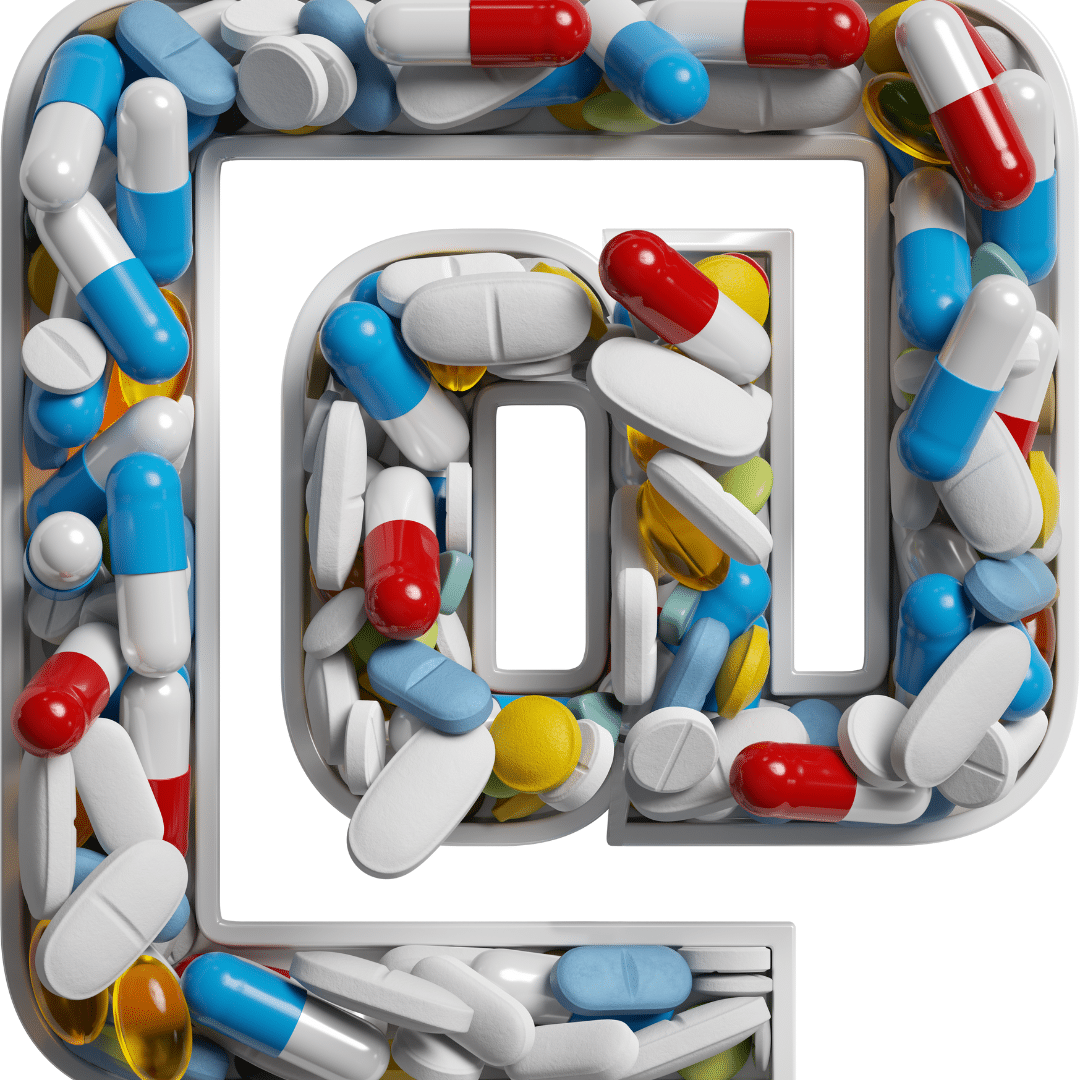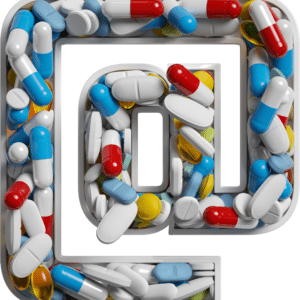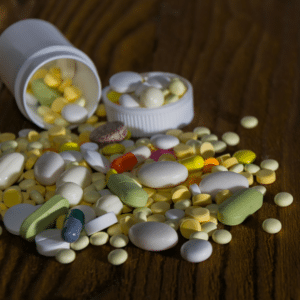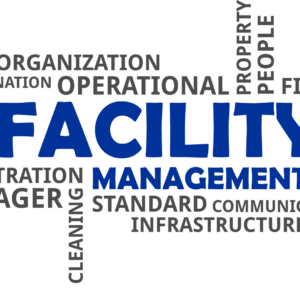 Are you ready to break new ground in healthcare and drug testing? Opening a drug testing facility can be challenging yet rewarding, and obtaining FDA facility registration is crucial in ensuring the success and legitimacy of your operation. In this ever-evolving industry, staying compliant with regulatory standards is paramount. That’s where I come in. As a highly skilled copywriter and digital marketing expert, I specialize in creating engaging content that captures your audience’s attention and helps you achieve your business goals. This article will delve into the intricacies of opening a drug testing facility and guide you through obtaining FDA facility registration. From understanding the requirements to navigating the application process, I will provide you with the knowledge and insights you need to embark on this exciting journey confidently. So, let’s get started and pave the way for your success in the booming world of drug testing! For the latest details from the FDA you should check out the Drug Establishments site.
Are you ready to break new ground in healthcare and drug testing? Opening a drug testing facility can be challenging yet rewarding, and obtaining FDA facility registration is crucial in ensuring the success and legitimacy of your operation. In this ever-evolving industry, staying compliant with regulatory standards is paramount. That’s where I come in. As a highly skilled copywriter and digital marketing expert, I specialize in creating engaging content that captures your audience’s attention and helps you achieve your business goals. This article will delve into the intricacies of opening a drug testing facility and guide you through obtaining FDA facility registration. From understanding the requirements to navigating the application process, I will provide you with the knowledge and insights you need to embark on this exciting journey confidently. So, let’s get started and pave the way for your success in the booming world of drug testing! For the latest details from the FDA you should check out the Drug Establishments site.
Importance of FDA Facility Registration for Drug Testing Facilities
Opening a drug testing facility is not a decision to be taken lightly. The healthcare industry is highly regulated, and compliance with the appropriate authorities is essential. The Food and Drug Administration (FDA) is responsible for safeguarding public health and ensuring the safety and efficacy of drugs and medical devices. For drug testing facilities, FDA facility registration is a vital requirement. It demonstrates your commitment to quality and compliance, instilling trust in your clients and stakeholders.
FDA facility registration proves that your facility meets the FDA’s standards for good manufacturing practices (GMP) and quality control. It shows that you have the necessary systems and processes to ensure your drug testing results’ accuracy, reliability, and integrity. This not only protects the health and well-being of individuals undergoing drug testing but also provides the validity of results in legal and regulatory contexts.
To open a drug testing facility without FDA facility registration is to risk the credibility and reputation of your business. It may also expose you to legal and financial consequences if found violating FDA regulations. Therefore, understanding the importance of FDA facility registration and its benefits to your drug testing facility is essential for long-term success and growth.
Steps to open a Drug Testing Facility
Opening a drug testing facility requires careful planning and execution. Following the steps to ensure a smooth and successful launch is crucial. Here are the critical steps involved in opening a drug testing facility:
1. Define your business model and services: Determine the type of drug testing services you will offer, such as pre-employment, random, or post-accident testing. Consider the target market, competition, and potential revenue streams. Develop a comprehensive business plan that outlines your goals, financial projections, and marketing strategies.
2. Obtain the necessary licenses and certifications: Research the licensing requirements in your jurisdiction. Contact the appropriate regulatory bodies to understand the charges or certificates you need to operate as a drug testing facility. This may include state or local permits, CLIA (Clinical Laboratory Improvement Amendments) certification, and, most importantly, FDA facility registration.
3. Establish your facility: Secure a suitable location for your drug testing facility. Ensure it meets the requirements, such as adequate space, infrastructure, and security measures. Set up the equipment and facilities for sample collection, testing, and storage. Implement robust quality control processes and ensure compliance with applicable guidelines.
4. Recruit qualified staff: Hire qualified professionals, such as medical technologists, laboratory technicians, and administrative personnel. Ensure they have the necessary training and expertise to perform drug testing accurately and efficiently. Develop and implement comprehensive training programs to ensure compliance with regulatory standards and maintain the highest quality standards.
5. Develop relationships with healthcare providers and employers: Establish partnerships with providers such as clinics, hospitals, and occupational health centers. Collaborate with employers to offer drug testing services in their occupational health programs. Build a strong network and reputation within the industry to attract clients and generate business.
6. Implement marketing and promotional strategies: Develop a comprehensive marketing plan to promote your drug testing facility. Utilize various channels, such as online advertising, social media, and targeted outreach to healthcare professionals and employers. Highlight the benefits of choosing your facility, such as fast turnaround times, accurate results, and exceptional customer service.
By following these steps, you can lay a solid foundation for your drug testing facility and increase your chances of success in this competitive industry. However, remember that obtaining FDA facility registration is critical, and understanding the FDA regulations for drug testing facilities is crucial.
Understanding FDA Regulations for Drug Testing Facilities
As a drug testing facility, you must know and comply with the FDA regulations governing your operations. The FDA’s regulations aim to ensure drug testing results’ safety, accuracy, and reliability, ultimately protecting public health. Familiarize yourself with the following key FDA regulations for drug testing facilities:
1. Good Manufacturing Practices (GMP): GMP regulations outline the minimum requirements for the methods, facilities, and controls used in the manufacturing, processing, packaging, and labeling of drugs. Compliance with GMP ensures that drug testing facilities maintain consistent quality and prevent contamination, errors, and other risks.
2. Quality Control (QC) and Quality Assurance (QA): Drug testing facilities must establish and implement robust QC and QA programs to ensure the accuracy and reliability of their testing processes. This includes maintaining proper documentation, conducting regular equipment calibrations and maintenance, and implementing internal quality control checks.
3. Record Keeping and Reporting: FDA regulations require drug testing facilities to maintain accurate records of all testing activities, including sample collection, analysis, and reporting. These records should be readily available for inspection by FDA personnel or other regulatory authorities to verify compliance and accuracy.
4. Adverse Event Reporting: Drug testing facilities must promptly report any adverse events or unexpected results that may arise during drug testing. This ensures that potential risks or issues related to drug testing are swiftly identified and addressed to protect public health.
5. Compliance with Specific Drug Testing Methods: Depending on the specific drug testing methods, drug testing facilities must adhere to the relevant regulations and guidelines. This includes following standardized testing protocols, using validated testing kits or equipment, and maintaining proficiency in the chosen testing methods.
Understanding these FDA regulations is crucial for successfully operating your drug testing facility. Compliance with these regulations ensures the accuracy and reliability of your testing processes. It helps you build a reputation as a trusted and compliant service provider. Let’s explore obtaining FDA facility registration for your drug testing facility.
What needs to be done during the FDA Facility Registration process?
Obtaining FDA facility registration is a comprehensive process that involves various steps and requirements. By following these steps, you can successfully navigate the FDA facility registration process for your drug testing facility:
1. Determine your facility type: FDA facility registration requirements may vary depending on the type of drug testing facility you operate. Determine whether your facility falls under a laboratory, clinical research organization, or other relevant classifications. This will help you identify the requirements and documentation for your FDA facility registration.
2. Prepare the necessary documentation: Gather the required documentation for your FDA facility registration. This typically includes information about your facility, such as its physical address, contact details, ownership structure, and key personnel. You may also need to provide information on the types of drug testing services, testing methods, and quality control procedures implemented.
3. Complete the FDA facility registration application: Submit your FDA facility registration application through the FDA’s online registration portal or by mail. Ensure all required fields are accurately completed and include all necessary supporting documentation. Pay the applicable fees, if any, as outlined by the FDA.
4. Await FDA review and approval: After submitting your FDA facility registration application. The FDA will review your application and supporting documentation. This review process typically involves verifying the accuracy and completeness of the information provided. The FDA may contact you for additional information or clarification if needed. Once your application is approved, you will receive an FDA facility registration number.
5. Maintain compliance with FDA regulations: Obtaining FDA facility registration is not a one-time event. It is essential to continuously maintain compliance with FDA regulations to retain your facility registration. This includes adhering to GMP requirements, conducting regular internal audits, and promptly addressing non-compliance issues. The FDA may conduct inspections of your facility to ensure ongoing compliance with regulatory standards.
Navigating the FDA facility registration process can be complex. Still, with careful preparation and attention to detail, you can successfully obtain FDA facility registration for your drug testing facility. Now, let’s address some common challenges those opening a drug testing facility face and provide tips for successful FDA facility registration.
What are the common challenges in opening a Drug Testing Facility?
Opening a drug testing facility comes with its fair share of challenges. By being aware of these challenges and proactively addressing them, you can mitigate risks and increase your chances of success. Here are some common challenges faced by those opening a drug testing facility:
1. Regulatory compliance: The healthcare industry is heavily regulated, and drug testing facilities must adhere to many regulations and guidelines. Ensuring compliance with FDA regulations and state and local requirements can be complex and time-consuming. Lack of compliance can lead to delays in opening your facility or even legal and financial consequences.
2. Quality Control and Accuracy: Drug testing requires precision and accuracy to ensure reliable results. Implementing robust quality control processes and maintaining the highest standards of accuracy can be challenging. It requires careful selection and validation of testing methods, proper calibration and maintenance of equipment, and ongoing training and competency assessment of staff.
3. Building Trust and Credibility: Building trust and credibility with clients and stakeholders is crucial in a competitive market. Establishing a reputation for accurate and reliable drug testing services takes time. Overcoming skepticism and convincing potential clients of your facility’s value can be a significant challenge.
4. Marketing and Attracting Clients: Effectively marketing your drug testing facility and attracting clients can be daunting. The healthcare industry is saturated with providers offering similar services. Developing a targeted marketing strategy that highlights your unique selling points and differentiates your facility from the competition is essential.
5. Financial Considerations: Opening and operating a drug testing facility requires significant financial investments. There are various costs to consider, from facility setup to equipment purchases and staff recruitment. Securing adequate funding and managing your finances effectively can be challenging, especially during the initial stages of your facility’s operation.
Despite these challenges, with proper planning, an ongoing commitment to quality and compliance, and a strategic marketing approach, you can overcome obstacles and succeed in opening and operating a drug testing facility. Now, let’s explore some tips to help you successfully navigate the FDA facility registration process.
Tips for a successful FDA Drug Facility Registration
Obtaining FDA facility registration is a critical milestone for your drug testing facility. To ensure a smooth and successful FDA facility registration process, consider implementing the following tips:
1. Conduct thorough research: Before embarking on the FDA facility registration process, thoroughly research the requirements and guidelines provided by the FDA. Familiarize yourself with the applicable regulations and understand the expectations for drug testing facilities. This will help you prepare the necessary documentation and meet the FDA’s requirements.
2. Seek professional guidance: If you are unfamiliar with the FDA facility registration process or find it overwhelming, consider seeking professional advice. Engaging the services of a regulatory consultant or an experienced attorney specializing in FDA regulations can provide valuable insights and ensure that you complete the process accurately and efficiently.
3. Develop a robust quality control program: Implementing a solid quality control program is essential not only for FDA facility registration but also for the success of your drug testing facility. Establish comprehensive quality control procedures, regularly evaluate their effectiveness, and promptly address non-compliance issues. This will demonstrate your commitment to accuracy and reliability, which are critical for FDA facility registration.
4. Maintain accurate and detailed records: Accurate and detailed record-keeping is essential for FDA facility registration. Develop a systematic approach to record-keeping, ensuring that all relevant testing activities, results, and associated documentation are correctly documented and readily accessible. This will facilitate the FDA’s review process and help you demonstrate compliance with regulatory requirements.
5. Stay updated with FDA regulations: The FDA regularly updates its rules and guidelines for drug testing facilities. Stay informed about any changes or updates impacting your facility’s operations. Subscribe to FDA newsletters, attend industry conferences, and engage with industry associations to stay abreast of the latest developments. This will help you maintain compliance and avoid surprises during the FDA’s inspection process.
By following these tips, you can streamline the FDA facility registration process and increase your chances of obtaining and maintaining FDA facility registration for your drug testing facility. Now, let’s explore the types of drug testing services commonly offered by drug testing facilities and the importance of quality control in ensuring accurate and reliable results.
We can guide you through the entire FDA Drug Facility Registration, NDC Numbers, US Agent Service, US Drug Listing (DRLS) and National Drug Code (NDC) Labeler Code Registration. We can also help with your GMP training and certification (Good Manufacturing Principles).

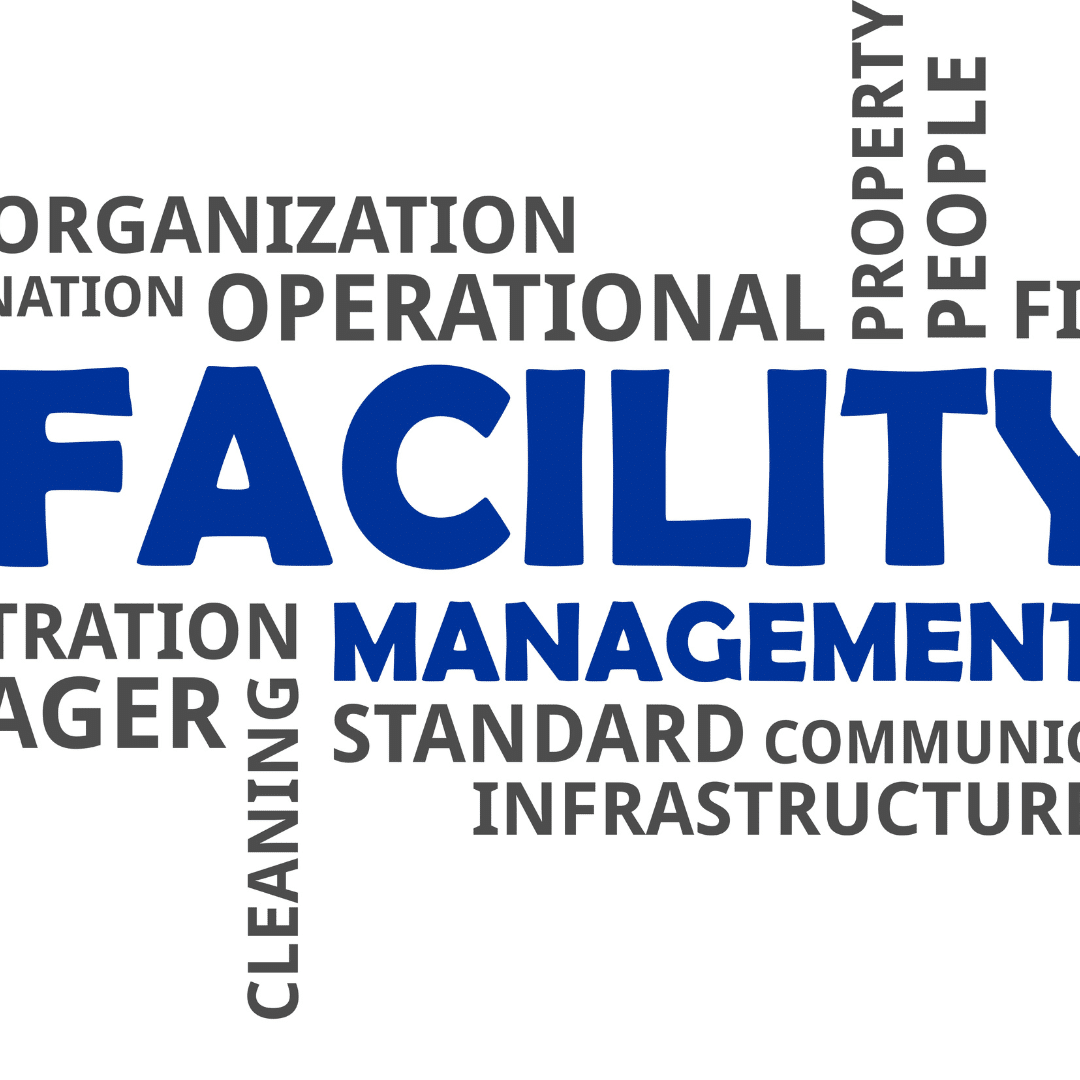


 In the dynamic and ever-evolving world of pharmaceuticals, ensuring compliance with FDA regulations is paramount. One crucial aspect that must be considered is drug establishment registration. This process plays a pivotal role in maintaining the safety and efficacy of drugs available in the market. This comprehensive guide will delve into everything you need to know about drug establishment registration and why it is crucial for
In the dynamic and ever-evolving world of pharmaceuticals, ensuring compliance with FDA regulations is paramount. One crucial aspect that must be considered is drug establishment registration. This process plays a pivotal role in maintaining the safety and efficacy of drugs available in the market. This comprehensive guide will delve into everything you need to know about drug establishment registration and why it is crucial for 






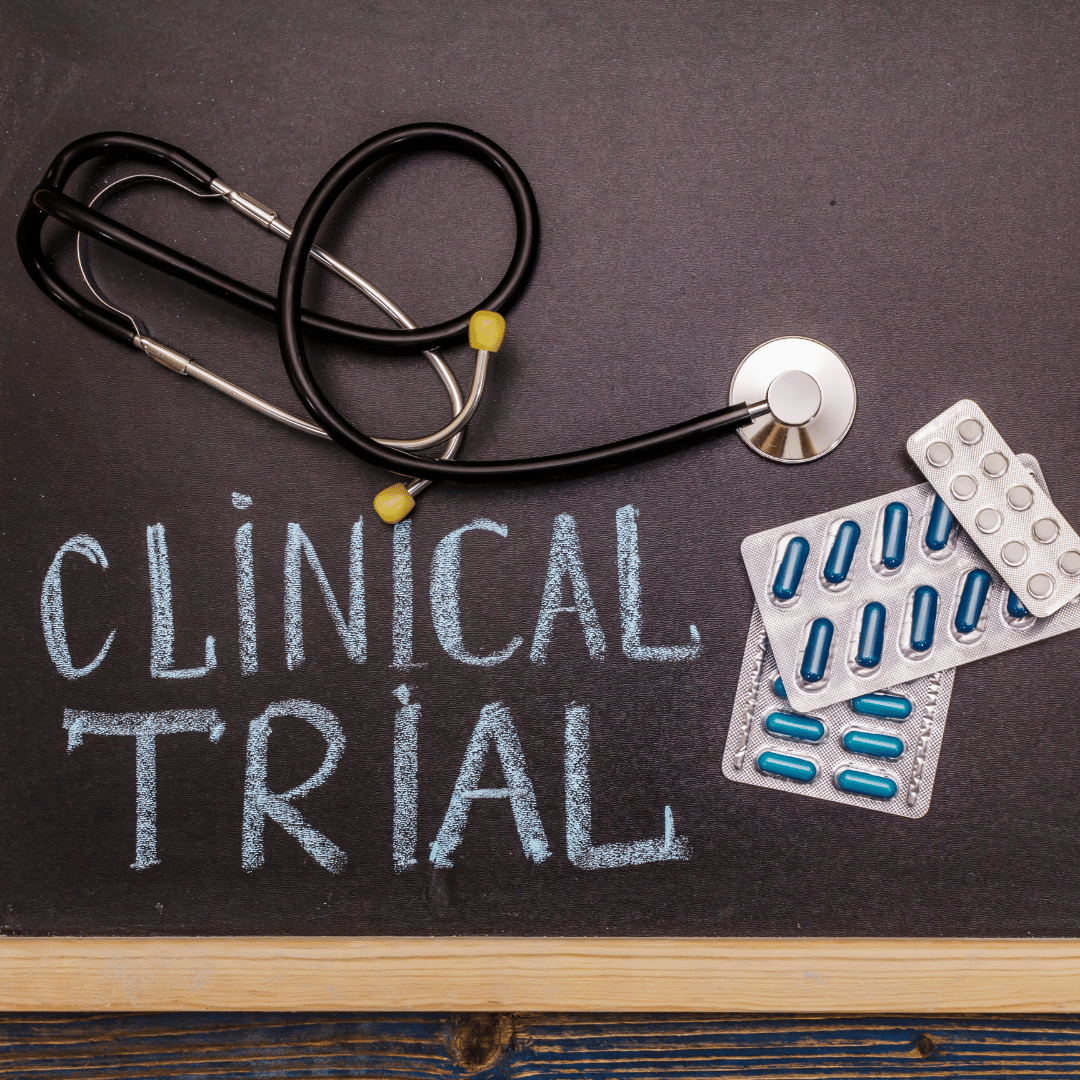
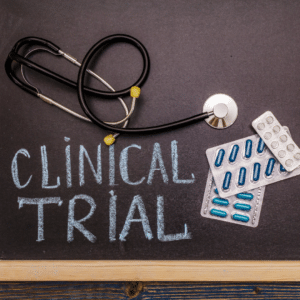




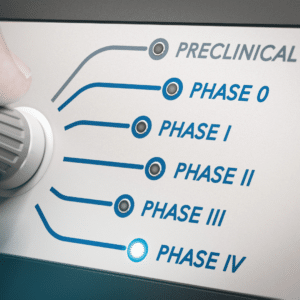

 As the saying goes, prevention is always better than a cure. This is particularly true regarding food safety in the food industry. A preventive control plan is one of the most effective ways to ensure your products are safe for consumption. A preventive control plan is a written document outlining a food facility’s steps to prevent hazards that could cause foodborne illnesses. It includes procedures for monitoring, corrective actions, verification, and record-keeping. This article will explore the benefits of having a preventive control plan and how to maintain it. We will discuss the importance of identifying potential hazards, implementing preventive measures, and regularly reviewing and updating the plan. By the end of this article, you will better understand why a preventive control plan is essential for the safety of your customers and your business and how to ensure that it is always up-to-date and effective.
As the saying goes, prevention is always better than a cure. This is particularly true regarding food safety in the food industry. A preventive control plan is one of the most effective ways to ensure your products are safe for consumption. A preventive control plan is a written document outlining a food facility’s steps to prevent hazards that could cause foodborne illnesses. It includes procedures for monitoring, corrective actions, verification, and record-keeping. This article will explore the benefits of having a preventive control plan and how to maintain it. We will discuss the importance of identifying potential hazards, implementing preventive measures, and regularly reviewing and updating the plan. By the end of this article, you will better understand why a preventive control plan is essential for the safety of your customers and your business and how to ensure that it is always up-to-date and effective.
 As a company developing new products, ensuring they are safe for consumption is essential. One way to achieve this is by obtaining a self-affirmed
As a company developing new products, ensuring they are safe for consumption is essential. One way to achieve this is by obtaining a self-affirmed 
 Food safety is a top priority for Canadians. With so many potential hazards lurking in our food supply, it’s more important than ever to be aware of the regulations to protect ourselves and our families. Enter the
Food safety is a top priority for Canadians. With so many potential hazards lurking in our food supply, it’s more important than ever to be aware of the regulations to protect ourselves and our families. Enter the 



